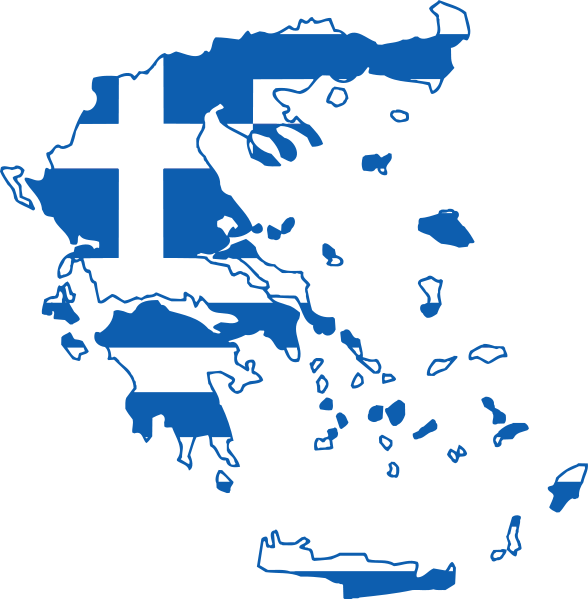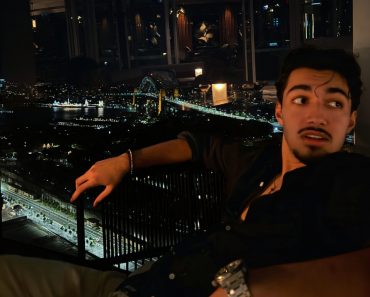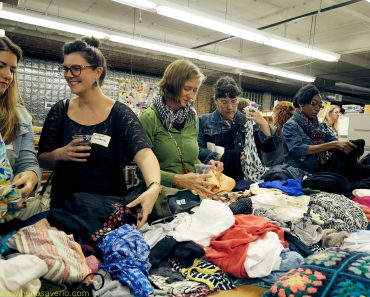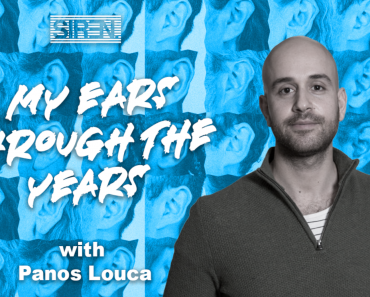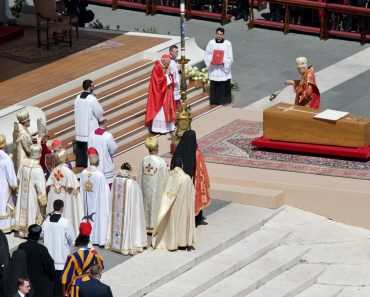Portraiture is a major art form of Greco-Roman Antiquity, attracting the attention of artists and artisans mastering a wide variety of techniques and playing equally diverse roles in these societies. Images of power, symbols of memory, offerings to the deities, these portraits today provide a multitude of faces to the civilizations of classical Antiquity.
But what faces? The portrait is an artistic and codified elaboration, and not a photograph of reality, despite artists’ interest in mimesis, the concrete imitation of things. The exhibition thus attempts to offer a renewed vision of the art of portraiture in Antiquity, by focusing on three major questions, arising from current research on the subject: how is the genre of portraiture defined in terms of artistic means? What functions did the portrait fulfill in classical Antiquity? How did the portrait become, from the Hellenistic period onwards, a privileged means of expressing power?
The Fenaille Museum, a museum of history and archaeology, houses an emblematic collection of standing stone statues – the first representations of humans in Western Europe. These monuments, sculpted nearly 5 years ago, occupy a unique place in the history of statuary. For several years, the museum has been exploring the representation of the human figure and the conditions of its expression in prehistoric, protohistoric, and non-European societies, based around this unique collection of sculptures.
The Celtic Warriors of the South exhibition in 2016, Easter Island, the Shadow of the Gods in 2018, Monoliths. From One Continent to Another in 2022, and finally Ethiopia. The Valley of the Steles in 2024 aimed to renew the perspective on the emergence of anthropomorphic sculpture. The Faces exhibition extends this questioning of representation by exploring one of the major artistic achievements of Antiquity, both astonishingly modern and radically foreign to our frameworks of thought.
The study of ancient portraiture is a field that has undergone profound renewal over the past half century. Once confined to identifying the image of celebrities from the ancient world, it is now considered an art fully embedded in the life of ancient societies, fulfilling concrete functions: memory, honor, expression of power. From then on, portraiture sought to inscribe the individual in the community, through artistic expertise. The exhibition intends to transcribe this renewed vision of the art of portraiture, by articulating to the contemplation of these faces that bring Antiquity to life for us, a modern approach, attentive to the diversity of ancient portraiture, rich in materials, formats, uses and diverse contexts.
The Louvre Museum’s collections are ideally suited to this perspective, given the quality of the works they house; they therefore constitute the majority of the examples on which the exhibition is based. Thus, the famous portraits of Homer and Alexander the Great are displayed alongside those of the emperors Augustus and Hadrian.
But the exhibition also benefits from a remarkable loan from the Bibliothèque nationale de France, whose collections from the former royal cabinet prove exceptionally complementary to those of the Parisian museum. Within the collections of the Rodez museums, the bust of the young Marcus Aurelius, at the Musée Fenaille, one of only two effigies of this emperor at this age known outside Italy, also provides a point of support for the questions raised by this exhibition.
This exhibition, organized with the exceptional collaboration of the Louvre Museum, is made possible by the museographic work in the Roman rooms, currently closed. It offers visitors a unique opportunity to explore the art of portraiture that flourished in the Greek and Roman worlds.
Benefiting from an exceptional selection of works from the collections of the Louvre Museum but also from national partners, it questions the place of the portrait in ancient societies.
Highlights of the course
- Nearly 60 works from the Louvre Museum, among the most beautiful works from the Greek and Roman collections: the famous portraits of Homer, Alexander the Great and Fayum, as well as those of the emperors Augustus and Hadrian.
- The exceptional reunion of imperial busts from the villa of Emperor Lucius Verus in Acqua Traversa, north of Rome. The exhibition brings them together for the first time since their discovery.
- Numerous and exceptional loans from the National Library of France and the Saint-Raymond Museum in Toulouse allow you to discover major works from these collections.
- A unique encounter between an archaic Greek sculpture, the Kouros of Paros from the Louvre Museum, and the collection of menhir statues from the Fenaille Museum.
EXHIBITION CURATORS
- Ludovic LAUGIER, Chief Curator, Department of Greek Antiquities,
Etruscan and Roman sculptures from the Louvre Museum - Martin SZEWCZYK, Curator, Department of Greek, Etruscan and
Romans from the Louvre Museum - Aurélien PIERRE, director of the museums of Rodez agglomeration
